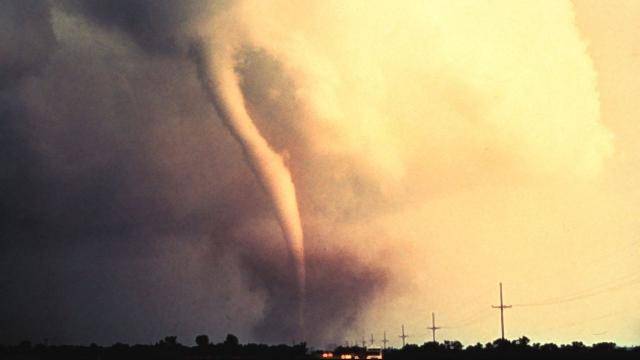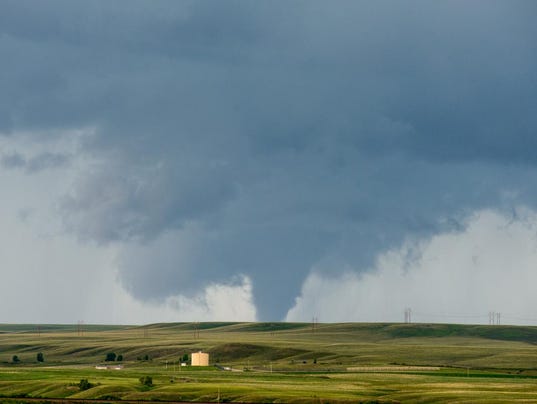Since the mid-1960s, the number of tornadoes in big outbreaks has doubled, according to a study published Thursday in the peer-reviewed journal Science. A big outbreak in 1965, for example, would have contained 40 tornadoes, the study said. But by 2015, the number of twisters would have increased to a whopping 80. Yet oddly there has not been any significant increase in the annual number of tornadoes or the number of outbreaks in recent decades.
You're more likely to see a string of tornadoes today than you were 50 years ago, but scientists aren't sure what the cause is.
So what's going on?
"Something's up," study lead author Michael Tippett of Columbia University told the Associated Press. "The tornadoes that do occur are occurring in clusters." Man-made climate change could play a role in the uptick. Because of global warming, you might think there would be more energy around for the severe storms to fire up, but the study said that hasn't been the case.
One possibility is that increasing wind shear — winds blowing in different directions at different levels of the atmosphere — is a factor. But scientists hadn't linked increasing wind shear to a warming climate. "This study raises new questions about what climate change will do to severe thunderstorms and what is responsible for recent trends," Tippett said. Meteorologist Patrick Marsh of the Storm Prediction Center, who wasn't involved in the study, called the research solid and said it's "an important contribution to scientific literature."
Twister outbreaks are getting bigger. Scientists don't know why.



